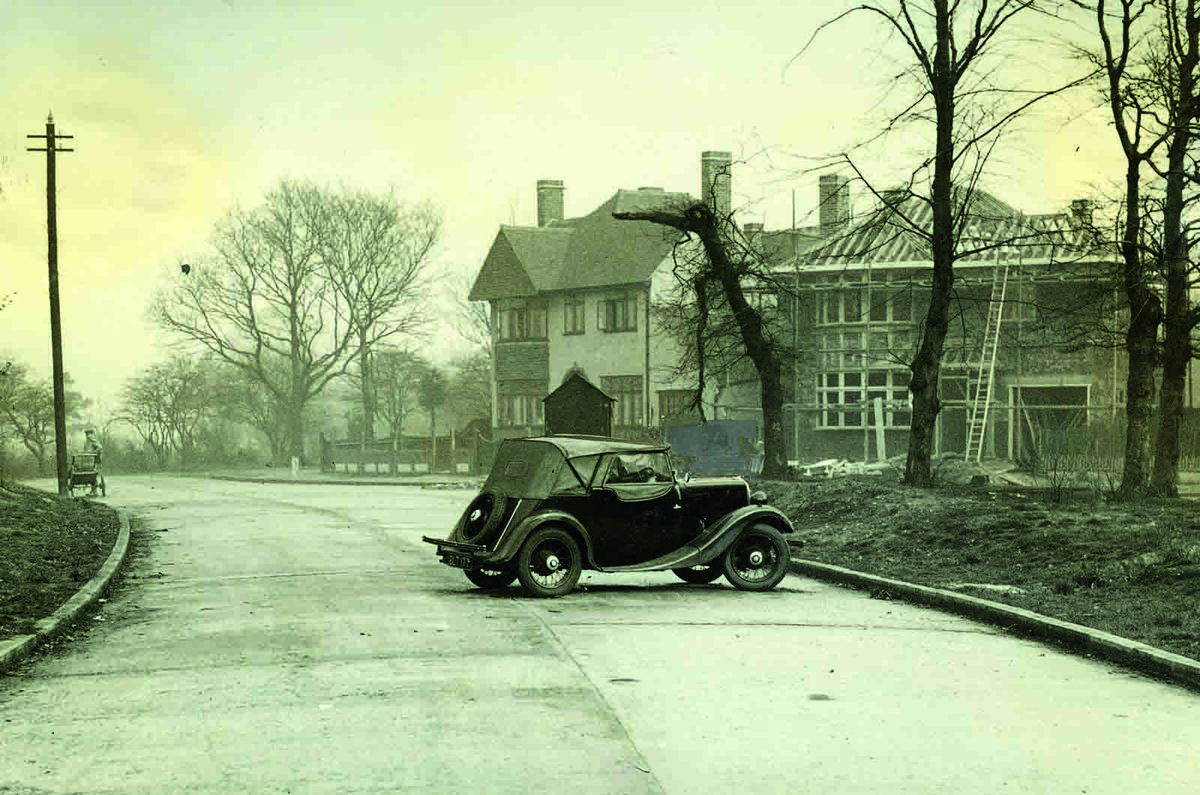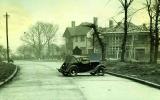Mr RE Beere of Kensington Hall Gardens, London W14, secured a footnote in history when, on 16 March 1935, he became the first person in Britain to pass the driving test.
Passing the test wasn’t compulsory until June 1935, but from March a series of trial tests were held, and the intrepid, history-making Mr Beere was the first to receive his pass certificate, permitting him to then acquire a full driving licence.
The driving test was an attempt to formalise the training of new drivers and trim the country’s quite astonishing accident rate. Government figures show that 7343 people were killed on Britain’s roads in 1935, despite there being just 2.4 million vehicles in use. The Highway Code, issued in 1930, was an early attempt to introduce car owners to the fundamentals of sharing the road with other users.
Reinforcing that with a compulsory assessment for new licence applicants occurred in tandem with the introduction of a new 30mph limit for urban areas, as well as pedestrian crossings.
Autocar carried out a thorough ‘test’ of the driving test, assessed by Captain RSD Stuart, who had been appointed as chief of Britain’s driving examiners. In the early days, there were no test centres, so applicants had to meet an assessor at a pre-arranged place. Autocar’s man met Captain Stuart “in a narrow cul-de-sac off the Camberwell Road in Peckham”.
After being quizzed on the Highway Code - the first edition of which was published in 1931 and features advertisements for Autocar - they drove to the test’s starting point, described by Autocar as “a horses’ drinking trough at a road fork in a reasonably traffic-free area”.
Practical elements of the 1935 test should be familiar to most drivers. Autocar’s representative was assessed on his emergency stop, hill start, three-point turn, vehicle and hand signalling, parking and number plate reading.
“Besides these actual manoeuvres, Captain Stuart was watching my general behaviour all the time. The total time taken was just over half an hour and the distance covered was about five miles,” wrote our correspondent.
“If a driver is successful, he receives a pink certificate stating he has passed. If he fails, he is issued with a yellow one.”
Government figures show the pass rate in 1935 was 63%. The test certainly forced prospective drivers to carry out some revision of the Highway Code.
“The test is not easy,” said Autocar. “A very good knowledge of the Highway Code seems to be necessary, and it must be applied to one’s driving. Captain Stuart stressed that the main requirement in the tests was safety.








Add your comment